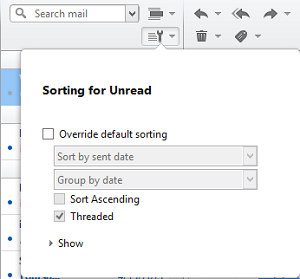

Gmail is perhaps the most famous MBOX user. And it ends with the email’s body content. Each email entry starts with the sender’s email address, followed by other information like when the email was received. (This means you always have the option of quickly scanning through your emails without using an email client.) All your emails will be listed in the MBOX text file, with lines separating them from each other. But they’re really just text files that you can open using any basic text editor like Notepad++ on PCs and TextEdit on Macs. And they store all your emails in sequence, as plain text. But MBOXes are still one of the more popular formats.) MBOXes are text files that open with any basic text editor. (Note: There are other ways of storing groups of email – like the MH Message Handling System or Outlook’s Microsoft Exchange Server. They aren’t always compatible with each other but are still perfect for storing emails and their attachments. The four variations of the basic MBOX file – MBOXO, MBOXRD, MBOXCL, and MBOXCL2 – are all built on the same core structure but are formatted differently. MBOX files are a family of related formats designed to store and share emails.

So, how do you collect eDiscovery emails in bulk? The MBOX file format is one of the more popular ways of storing and sharing large batches of email. But you also might split up email threads or lose attachments during the transfer. For one, you might mistakenly change email metadata (more on this in a bit). But it complicates things because it’s tricky to transfer emails from your client’s inbox into your eDiscovery software. This is convenient as all that data takes up less space. But nowadays, we receive virtual production requests and collect electronically stored information (ESI) – like emails – over the internet. With older ‘paper’ discovery, a production request meant going to your client’s office and collecting boxes of paper files. Emails are a large part of most eDiscovery productions.

This will protect file metadata and give you a host of great eDiscovery review tools. They’re extremely easy to use (you can open them with any basic text editor), but for eDiscovery, make sure you open them with dedicated eDiscovery software. Takeaway: MBOX files are one of the most popular formats for storing groups of email.


 0 kommentar(er)
0 kommentar(er)
